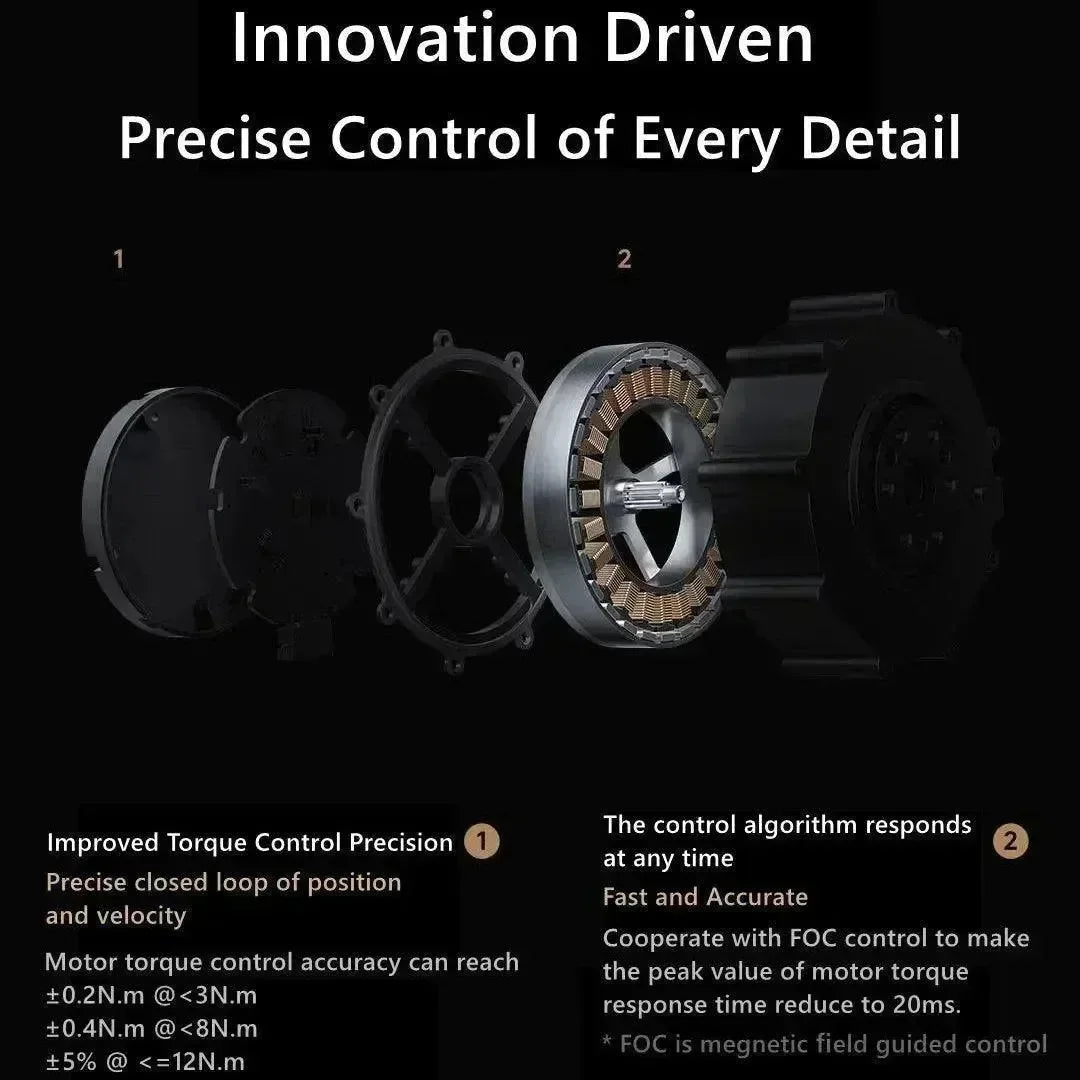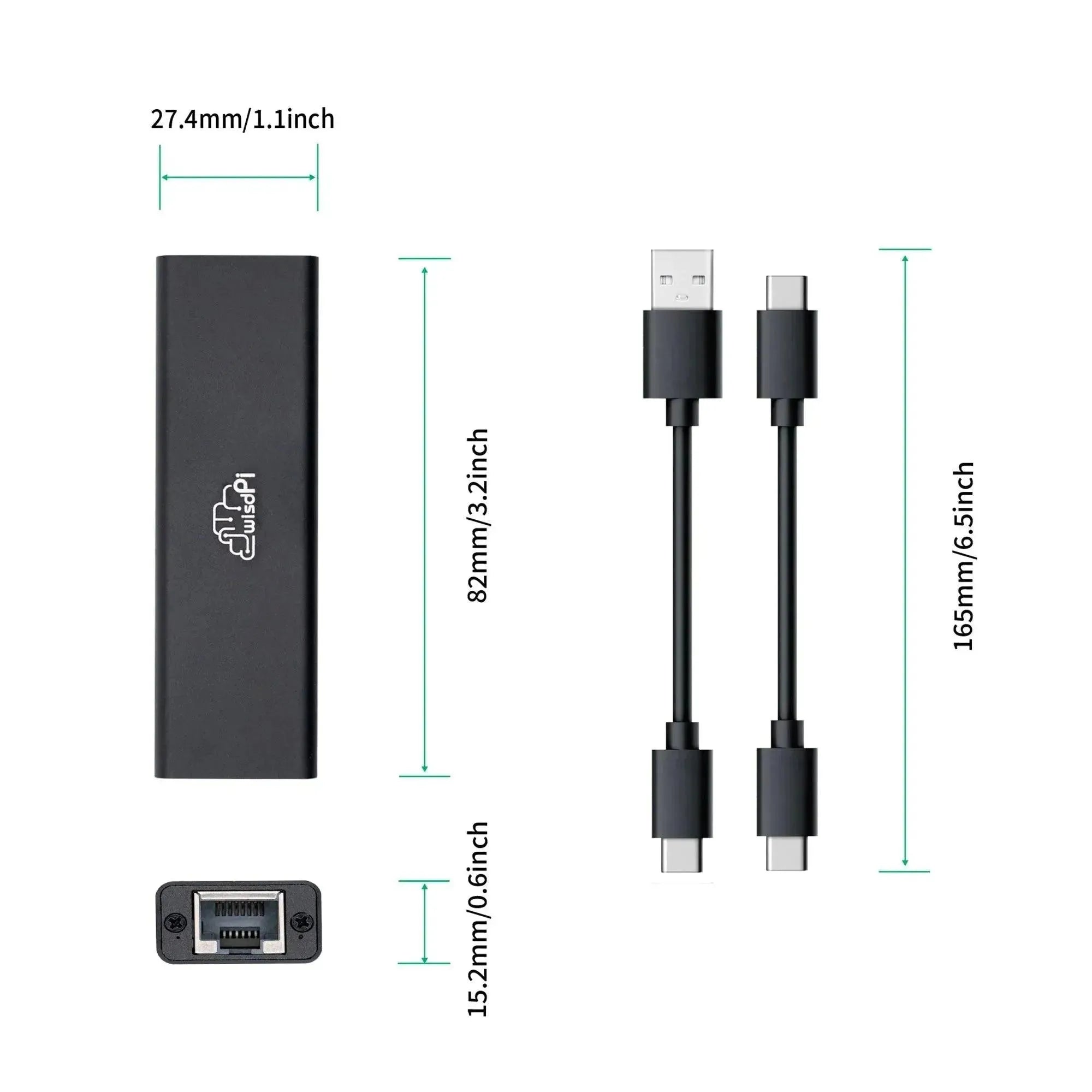The M5Stack NanoC6 is a small and compact embedded development board designed for AIoT (Artificial Intelligence IoT) applications. It is equipped with a powerful AI inference engine capable of processing large amounts of data in a low-power environment. This article discusses the board's potential for edge computing in intelligent environment monitoring and automation control systems.
M5Stack NanoC6
The M5Stack NanoC6 stands out as the top mini AI edge computing development board within the M5Stack lineup, specifically created for scenarios with limited resources. Its core components include:
-
Main Processor: The ARM Cortex-M7 core, with speeds of up to 480MHz, is the optimal choice for edge computing tasks due to its high performance and low power consumption, making it the most suitable option on the market.
-
AI Inference Accelerator: The Neural Network Acceleration Unit (NNU) integrated into the system is perfect for running simple AI models like image classification and speech recognition efficiently.
-
Wireless connectivity: The device supports Wi-Fi and Bluetooth, which allows for remote control and data transfer between devices.
-
Expansion interfaces: With its versatile GPIO, I2C, and SPI interfaces, this device effortlessly connects to a wide range of sensors and peripherals, making it a breeze to expand its capabilities.
-
Size: Only the size of a coin, ideal for scenes with limited space.
Project Application
The project aims to create an intelligent environmental monitoring and automation control system using M5Stack NanoC6. It will collect real-time environmental data, analyze it using edge AI reasoning, and automatically control equipment for intelligent environmental management.
The specific objectives are:
-
Real-time environmental data monitoring: Gather and analyze environmental observations, encompassing temperature, humidity, air quality, and luminance levels.
-
Intelligent decision-making and equipment control: Utilize artificial intelligence algorithms to regulate various equipment, such as fans, humidifiers, and air purifiers, by leveraging the gathered data.
-
Data Remote Transmission and Monitoring: The Wi-Fi connection facilitates the transmission of environmental data to the cloud, enabling remote monitoring of the environmental status and device management.
Project Technical Architecture
Hardware Architecture
-
Core device: The M5Stack NanoC6 serves as the core controller of the project, handling sensor data acquisition, AI inference, and device control.
-
Sensors:
-
DHT22 temperature and humidity sensor: The system provides real-time monitoring of the temperature and humidity of the environment.
-
MQ-135 Air Quality Sensor: This device is used to detect the amount of harmful gases in the air.
-
BH1750 Light Sensor: The purpose is to detect the intensity of light in the surroundings.
-
-
Control equipment:
-
Fan: The system automatically turns on or off based on the temperature, humidity, and air quality.
-
Lighting system: Adjusting automatically based on the level of light.
-
-
Communication module: Data transmission with a remote server using a Wi-Fi module.
Software Architecture
-
Sensor Data Acquisition Module: The system collects data from different sensors and sends it to the AI module. The AI module uses a special unit to analyze the sensor data in real time and determine the current environment status.
-
Device Control Module: Controls the connected devices based on the inference results, such as starting the fan or adjusting the lights.
-
Data transmission module: sends environmental data to the cloud via Wi-Fi and allows users to remotely view the data via web or mobile apps.
Local Storage and Alert System: Stores critical data locally in case of an unstable network and sends alerts in case of environmental anomalies (e.g. high temperature, poor air quality).
Project implementation steps
Hardware Preparation
-
Connect sensors such as DHT22, MQ-135, BH1750, etc. to the GPIO port of the M5Stack NanoC6.
-
Connect control devices (fans, lights, etc.) to the NanoC6 via relays.
Software Development
-
Use MicroPython or C++ development environments to write drivers to read sensor data.
-
Utilize the AI inference gas pedal of the M5Stack NanoC6 to execute a lightweight neural network model for the purpose of real-time inference of the current environmental state.
-
Write device control logic to realize automation control functions.
Cloud platform integration
-
Build a remote monitoring platform by uploading data to cloud servers, such as Tencent Cloud and Aliyun, through Wi-Fi configuration.
-
Users have the ability to monitor environmental data and remotely manage the equipment through a webpage or app.
Testing and Optimization
The system will undergo testing to confirm the accuracy of sensor data acquisition, AI inference response speed, and device control stability. The code will be adjusted based on the test results to enhance system efficiency and stability.
Project Highlights
-
Combination of edge computing and AI: The AI gas pedal of M5Stack NanoC6 enables real-time reasoning and intelligent decision-making at the local device, eliminating the need for dependence on cloud computing. This local processing reduces network latency, enhancing overall system performance.
-
Low power consumption and high performance: NanoC6 is a compact yet robust solution, well-suited for low-power situations that necessitate extended operational duration.
-
Rich expandability: The NanoC6 platform provides extensive support for a wide range of sensors and peripheral extensions, allowing developers the flexibility to expand hardware devices and customize the development of intelligent applications to meet specific project requirements.
-
Remote monitoring and control: Via a Wi-Fi connection, individuals have the capability to remotely access environmental data and manage devices from any location at any time.
























































































